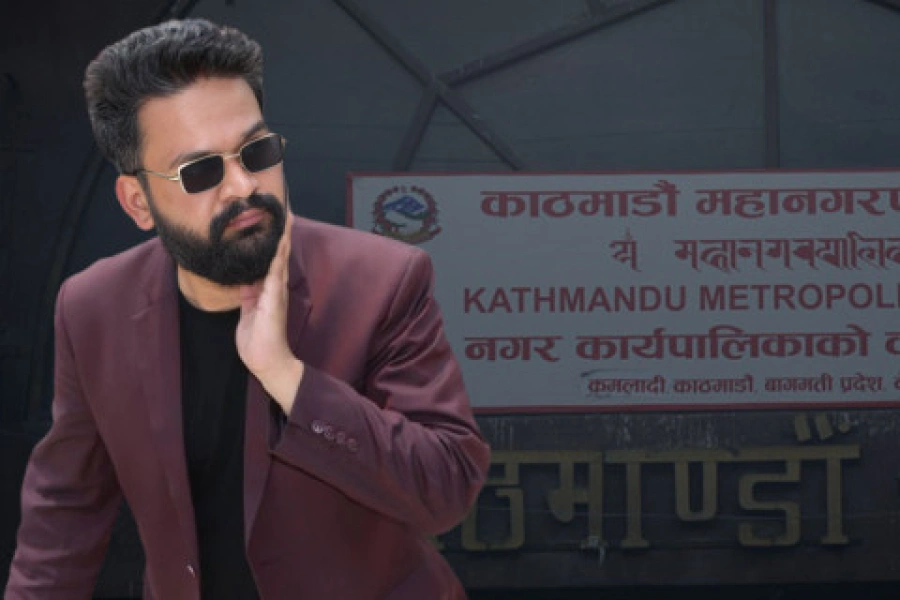The Covid-19 crisis has shown that two-tiered federal system of central and local government is a better choice to deal with all types of issues. Provincial governments are redundant.
The Constitution of Nepal-2015 has allocated the power of state among one federal government, seven provincial and 753 local governments, called rural and urban municipalities. Elections of these institutions were held in 2017 and all the office bearers are in place to run the business of the country. A big debate is going on among various sections of Nepali society in respect of the performance of these elected institutions in leading the country, alleviating the hardship of the people and taking the country to the path of prosperity. The issues grappling the public discourse are about rampant corruption, nepotism, favoritism, poor service delivery and high incidence of taxes, fee and charges sapping up the meager income of the people.
Despite these complaints on the prevailing governance system of the country, there are some silver linings on the political structures that have surfaced during the time of health crisis emanated from coronavirus. As the fear of spread of disease was looming in the country, government of Nepal took right decision to contain it through general lockdown since March 24. This is one of the strong reasons behind the few cases of the disease reported till now but the alternative argument tells that the real number of affected people is still unknown as the testing and tracing is not carried out in sufficient numbers due to limited testing facilities and equipment with the public health institutions.
Reduce number of ministries in provincial governments

Another criticism against the government is about the anomalies and non-transparent procurement process followed in procuring medical equipment through a private trading company which was unable to supply the required numbers of the medical equipment in the stipulated time and those supplied were also found substandard in quality. This has raised a big question over the integrity and work ethics of the high-level authorities in the health ministry and demands scrutiny from the investigating authorities.
The fear of spreading virus has brought all section of Nepali society together in fighting the disease irrespective of their caste, creed, religion or gender. The major political parties have also come together to support the government's effort to contain the virus. In this critical juncture, the primary responsibility of the government is to protect the health of all people through effective enforcement of lockdowns ensuring the minimum basic safety guidelines. Secondly, governments should pay attention in providing basic minimum need of the people such as food, shelter and supply of essential drugs to those who are suffering from illness and diseases. In the third phase, government should come up with rehabilitation and stimulus package for production units of the country in order to protect them from slipping into deep recession.
The role of all governments in the national and sub-national level is important in order to take up the challenges and provide the best possible service to the affected people and industries. In a federal set up of governance, the role of local municipalities seems to be more prominent in time of crisis as these bodies are working in the frontline to provide relief to the people in their constituents. Recent events tell us that 460 rural municipalities and 293 urban municipalities are making a dent in providing needed services to the people; helping them to observe the rules of lockdowns, disseminate information on precautionary measures, construction of quarantine and isolation facilities, and providing food to the wage earners, poorest of the poor and other vulnerable groups. Besides, they are working as facilitators in ferrying the sick people to the nearest heath centers and hospitals and bringing back home their citizens who were caught up in the middle of the lockdown elsewhere outside the municipalities. It has been estimated that about 1, 00,000 such people were taken to their hometowns from Kathmandu valley only under the initiatives of respective municipalities. Efforts are also being made to make safe entry of Nepali migrant workers from India who are caught on the Indian side of the border due to lockdowns imposed in both countries. Office bearers of municipalities in far-western province are specifically mulling over this initiative.
It has been observed that role and responsibilities of the provincial government is not very much clear in such crisis. The seven provincial set up of governance comprises of more than 100 ministers, seven chief ministers, 530 provincial parliamentarians and huge administrative set ups and bunch of office bearers with obfuscated role and responsibility that is taking a heavy toll in national exchequer without much tangible outputs.
The role of federal government and the local government or municipalities is obvious in dealing with matters related to public interest and delivery of public services as the former provides support through policy decisions and enactment of legislations while the latter reaches out to the doorsteps of the people. In view of its limited role and responsibilities in overall governance, identical structures and function with central government and high administrative cost has rendered the provincial governments as ineffective and the associated cost to run it as wastage of resources. Many people think the provincial government as the inert organ of the state and argue on making the local level empowered and effective in delivery of services.
The experience tells us that municipalities can take the role of protecting life and livelihood of the people in time of pandemic and help the people to pursue the path of sustainable living. But they need adequate financial support and human skills that may go in strengthening local health systems, implementing local development programs, and creating jobs and employment opportunities. Building capacity and empowering the local government through devolution of more authorities and making them accountable for local development plan and projects could help to achieve smart decentralization in practice. One lesson that we can learn from the Covid-19 crisis is that two tiered federal system of central and local government is a better choice to deal all type of issues. Provincial government seems redundant in the process.




































